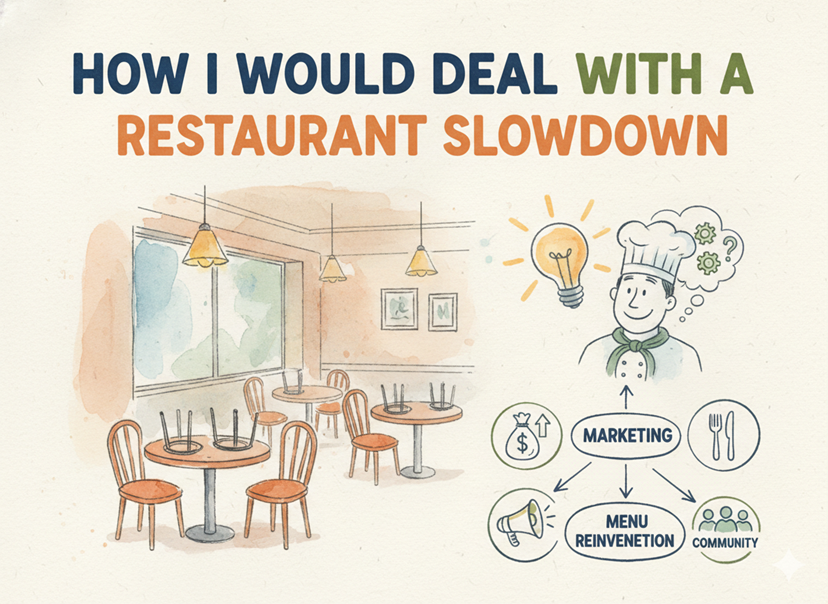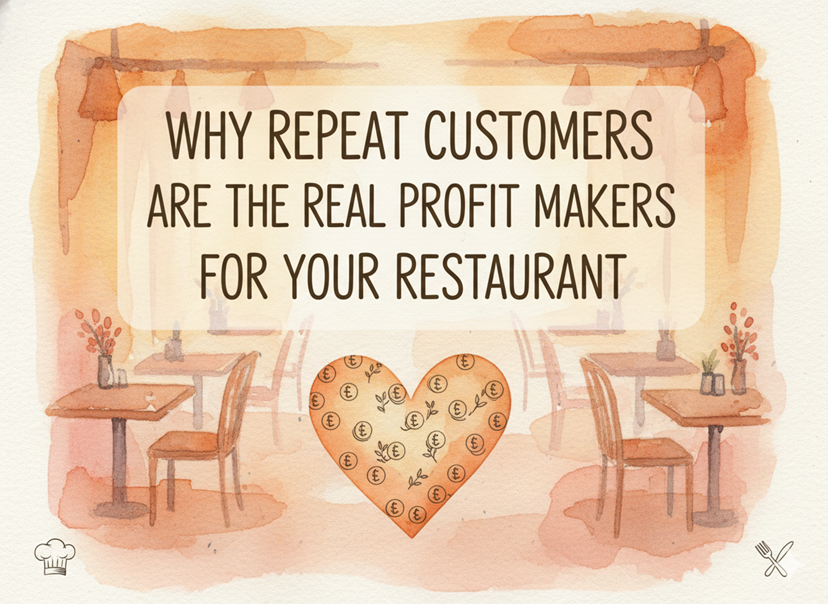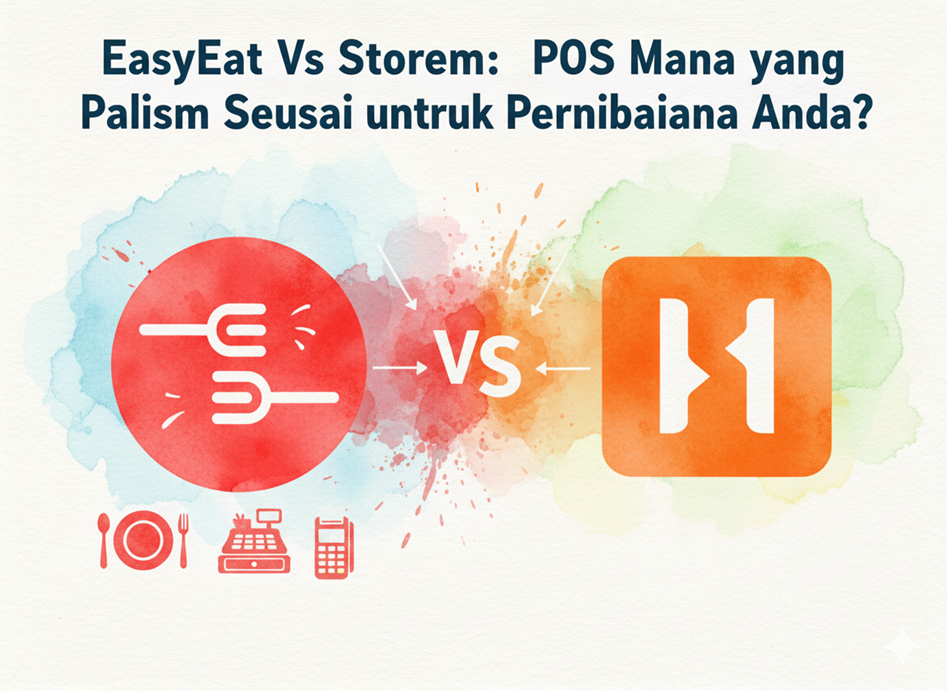As you continue to craft unforgettable dining experiences for your customers, one key aspect that significantly influences their satisfaction and your profitability is menu pricing. Setting the right price for each dish is a delicate balance that requires an understanding of food costing, market trends, and customer psychology. In this blog, we’ll explore the impact of menu pricing on your diners and share practical ideas to help you fine-tune your restaurant menu prices.
The Importance of Menu Pricing
First, let’s dive into why menu pricing is crucial. Your menu prices directly affect your restaurant’s revenue, customer perception, and overall dining experience. If prices are too high, you may deter potential diners, but if they are too low, you might struggle to cover costs and maintain quality. Here’s a closer look at the impact of menu pricing on your customers:
- Customer Perception: Price often signals quality to customers. In Malaysia, where diverse dining options abound, your pricing strategy can position your restaurant as a premium choice or a budget-friendly option. For instance, diners at a high-end Kuala Lumpur restaurant might expect higher prices as a reflection of superior quality and service.
- Customer Satisfaction: Fair pricing contributes to customer satisfaction. Diners appreciate value for money, which is why transparent pricing that aligns with the quality of food and service is essential. An overpriced menu can lead to dissatisfaction and negative reviews, while underpricing can affect your ability to sustain quality.
- Dining Frequency: Competitive and reasonable pricing can encourage repeat visits. Regular diners are the backbone of a successful restaurant. Offering value-for-money meals ensures that your customers return, enhancing customer loyalty.
Practical Ideas for Effective Menu Pricing
To strike the right balance in menu pricing, consider these strategies tailored for the Malaysian market:
- Understand Your Costs: Start with thorough food costing. Calculate the cost of each ingredient and the preparation cost to determine the base price of each dish. Don’t forget to factor in overheads like rent, utilities, and salaries. For instance, if you’re serving a popular dish like Nasi Lemak, know the exact cost of rice, coconut milk, anchovies, peanuts, eggs, and sambal.
- Analyze Competitor Pricing: Look at what similar Malaysian restaurants are charging for comparable dishes. This will give you a benchmark and help you stay competitive. If nearby eateries in Penang are charging RM15 for Char Kway Teow, you might consider a similar price, adjusting slightly based on your unique value proposition.
- Segment Your Menu: Different sections of your menu can have different pricing strategies. High-margin items like beverages and desserts can subsidize lower-margin items. Offering combo meals or set menus can also provide perceived value. For instance, a lunch set that includes a main dish, drink, and dessert for RM25 might attract more diners than pricing each item separately.
- Psychological Pricing: Use pricing psychology to your advantage. Prices ending in .99 or .95 are perceived as better deals. Similarly, removing currency symbols (e.g., listing a dish as 25 instead of RM25) can subtly influence customers to spend more.
- Monitor Sales Data: Use your POS system to track which menu items are selling well and which aren’t. Regularly review this data to adjust your pricing strategy. If your Laksa is flying off the shelves while your Hainanese Chicken Rice is lagging, consider pricing adjustments or promotional strategies to balance sales.
- Highlight Specialties: Make your unique or high-margin dishes stand out on the menu. Use boxes, different fonts, or descriptions to draw attention. If your Asam Pedas is a crowd favorite, highlight it as a chef’s special or a must-try dish.
- Seasonal Pricing: Adjust your menu prices based on seasonality and ingredient availability. For instance, seafood dishes might be priced higher during monsoon seasons when fresh catch is scarce. Communicate these changes to your customers to manage expectations.
Pricing your menu effectively is both an art and a science, crucial for the success of your Malaysian restaurant. By understanding the impact of menu pricing on your customers and implementing these practical strategies, you can enhance customer satisfaction, boost profitability, and foster loyalty. Remember, the goal is to offer value for money while ensuring your business thrives.
As you refine your menu pricing, keep your diners’ preferences and expectations at the forefront. Monitor trends, adapt to market changes, and most importantly, listen to your customers. With thoughtful menu pricing, you can create a dining experience that keeps your customers coming back for more.
Happy pricing and best of luck in delighting your diners!




